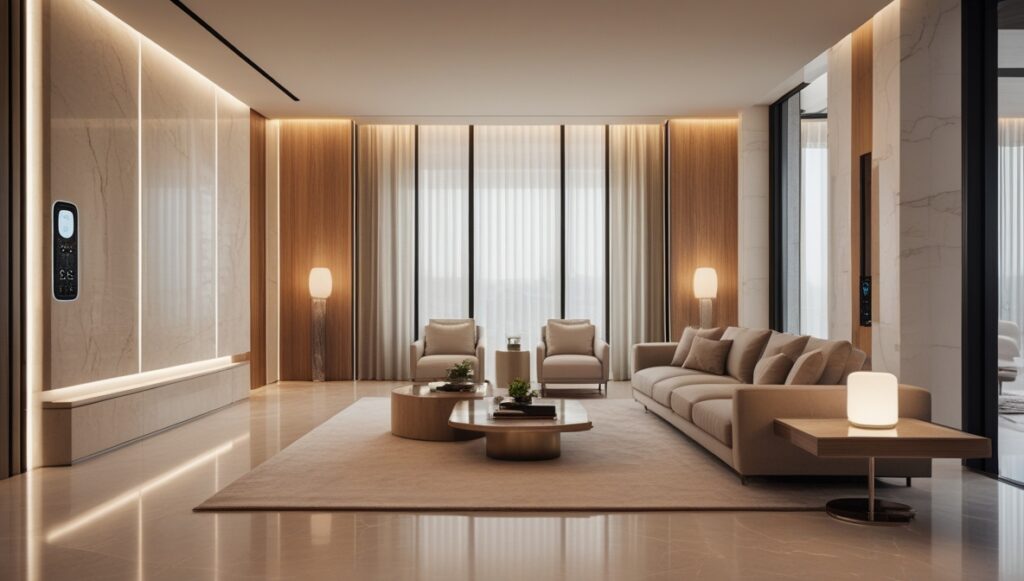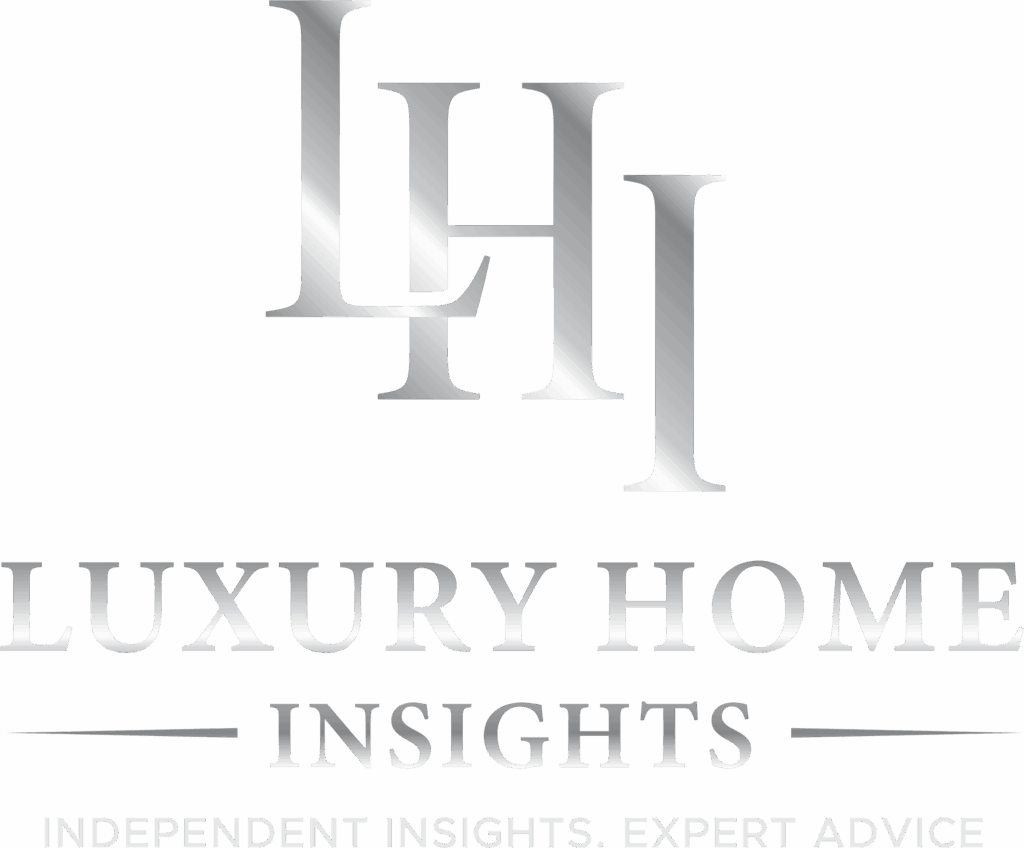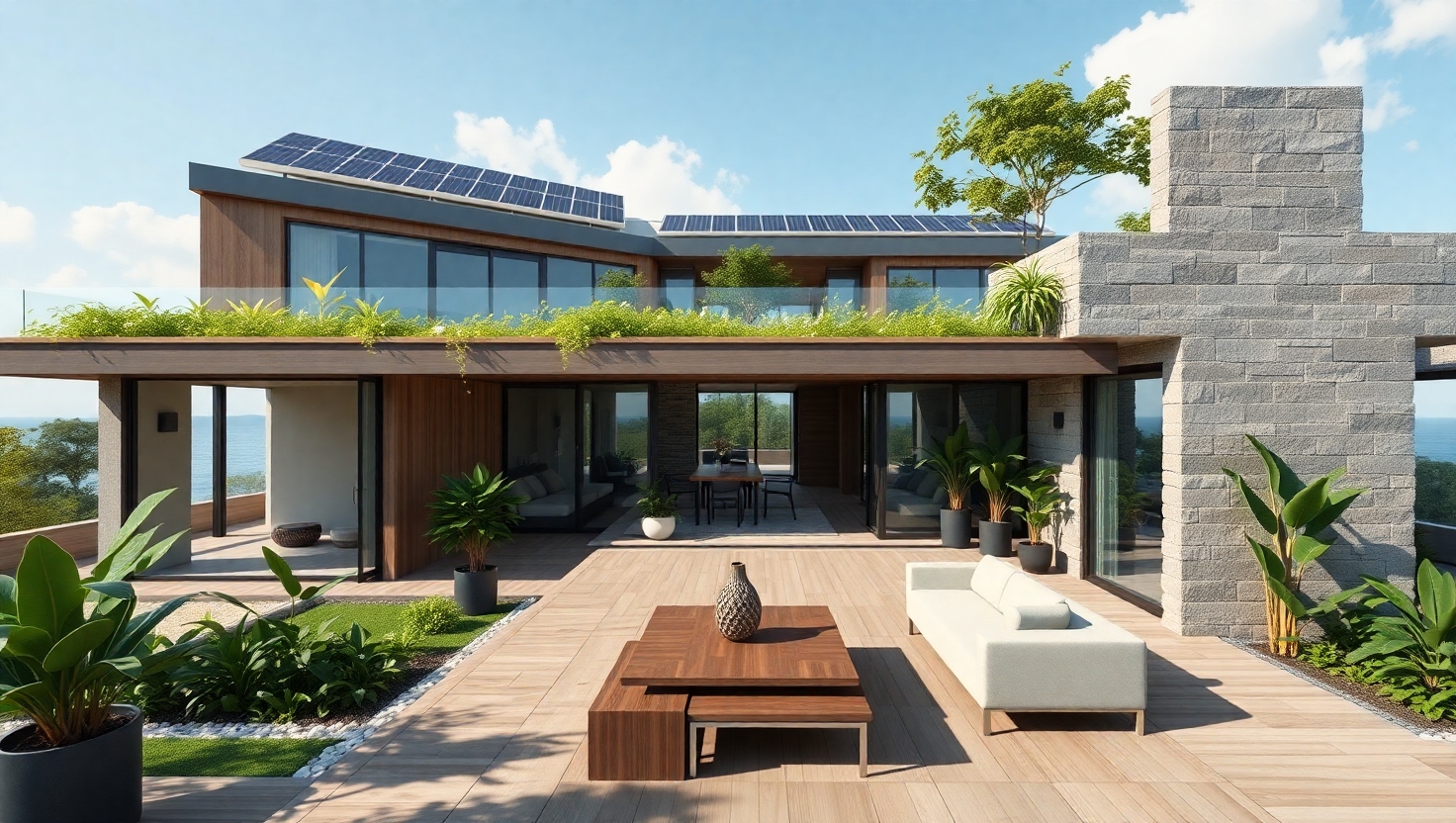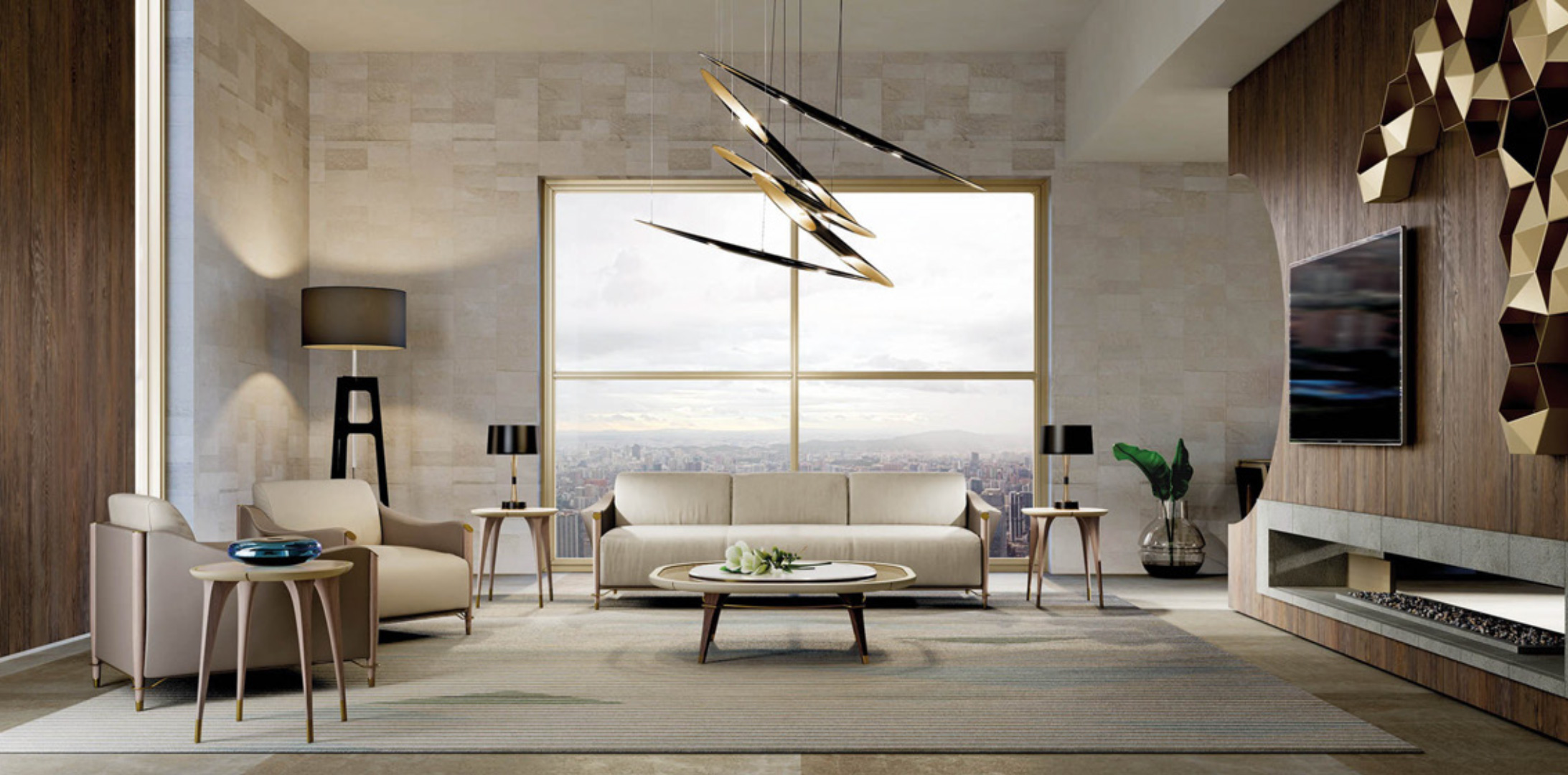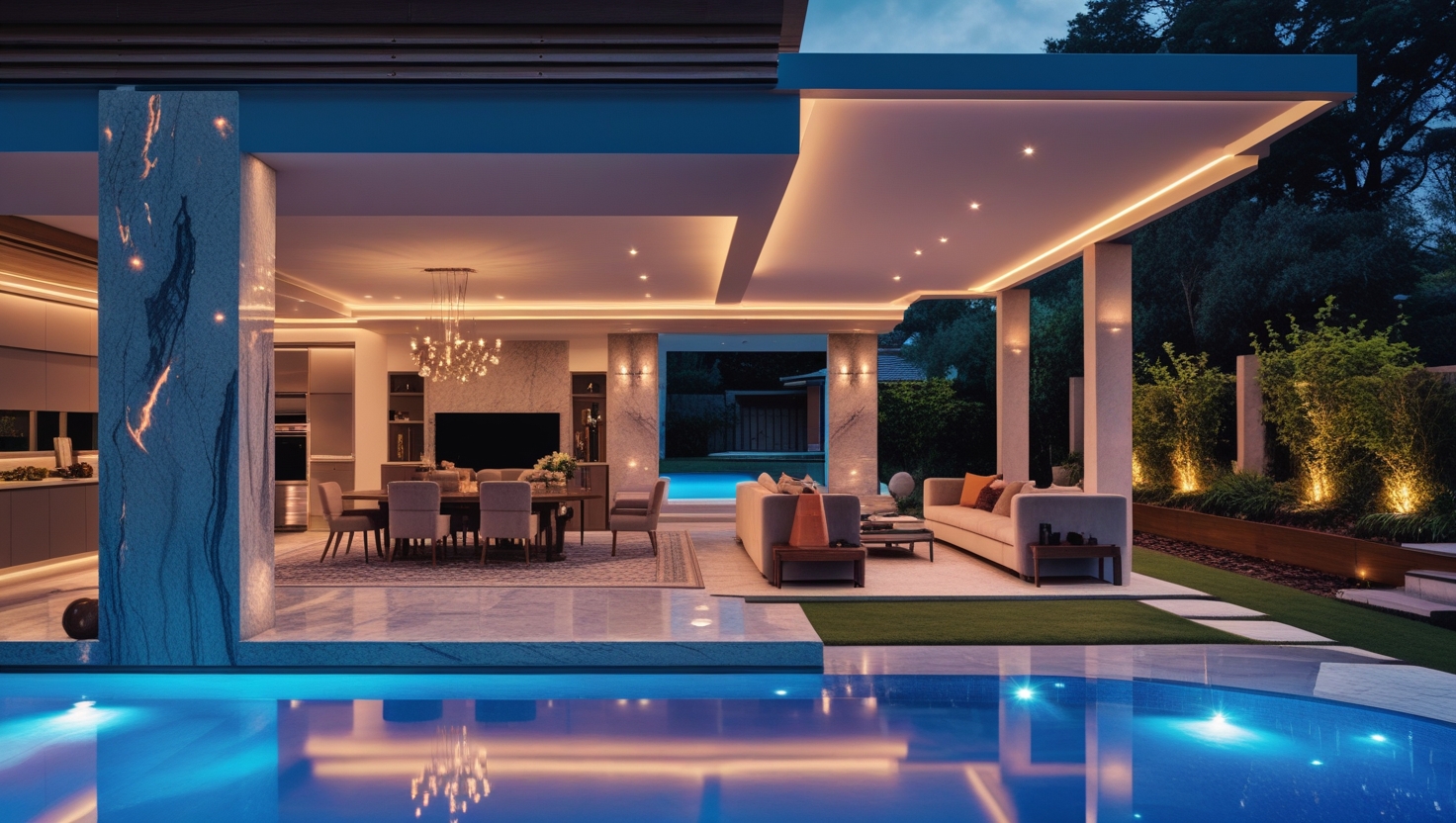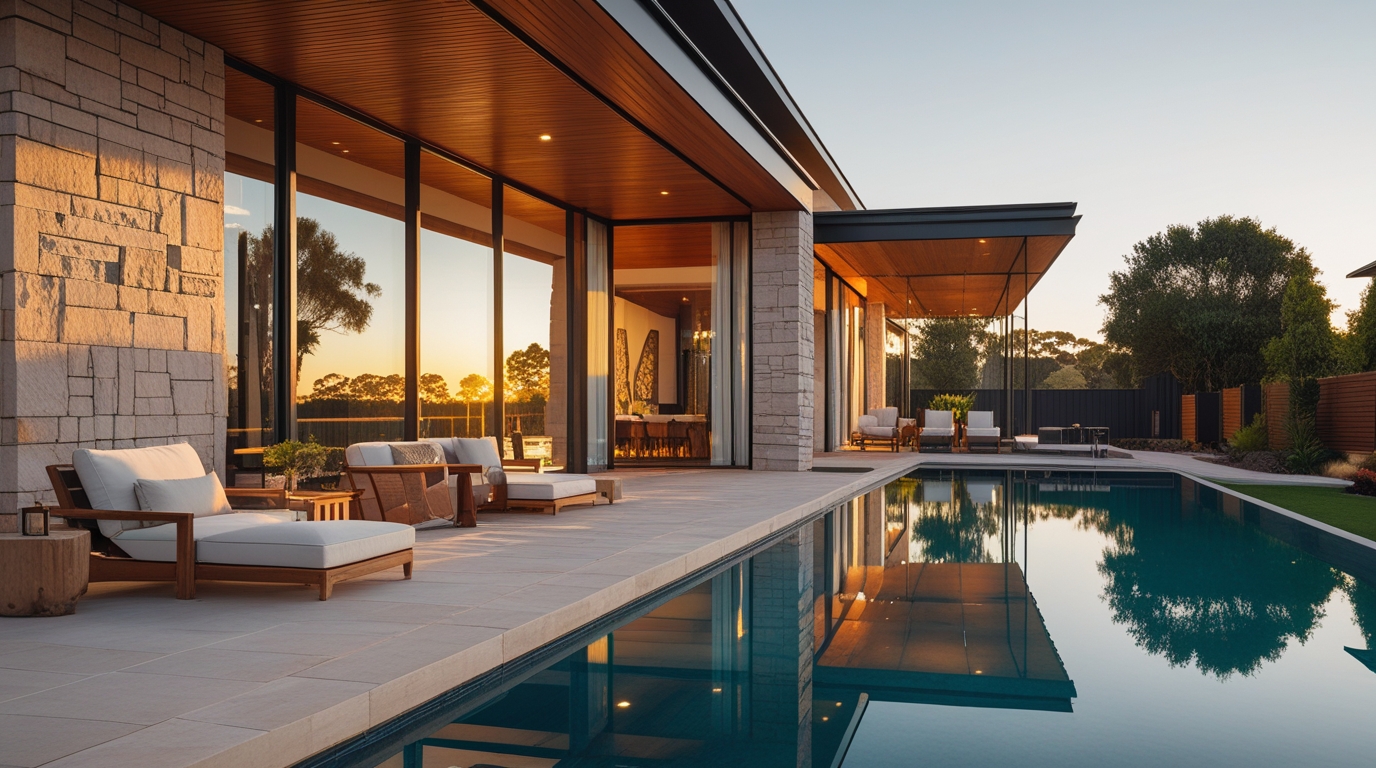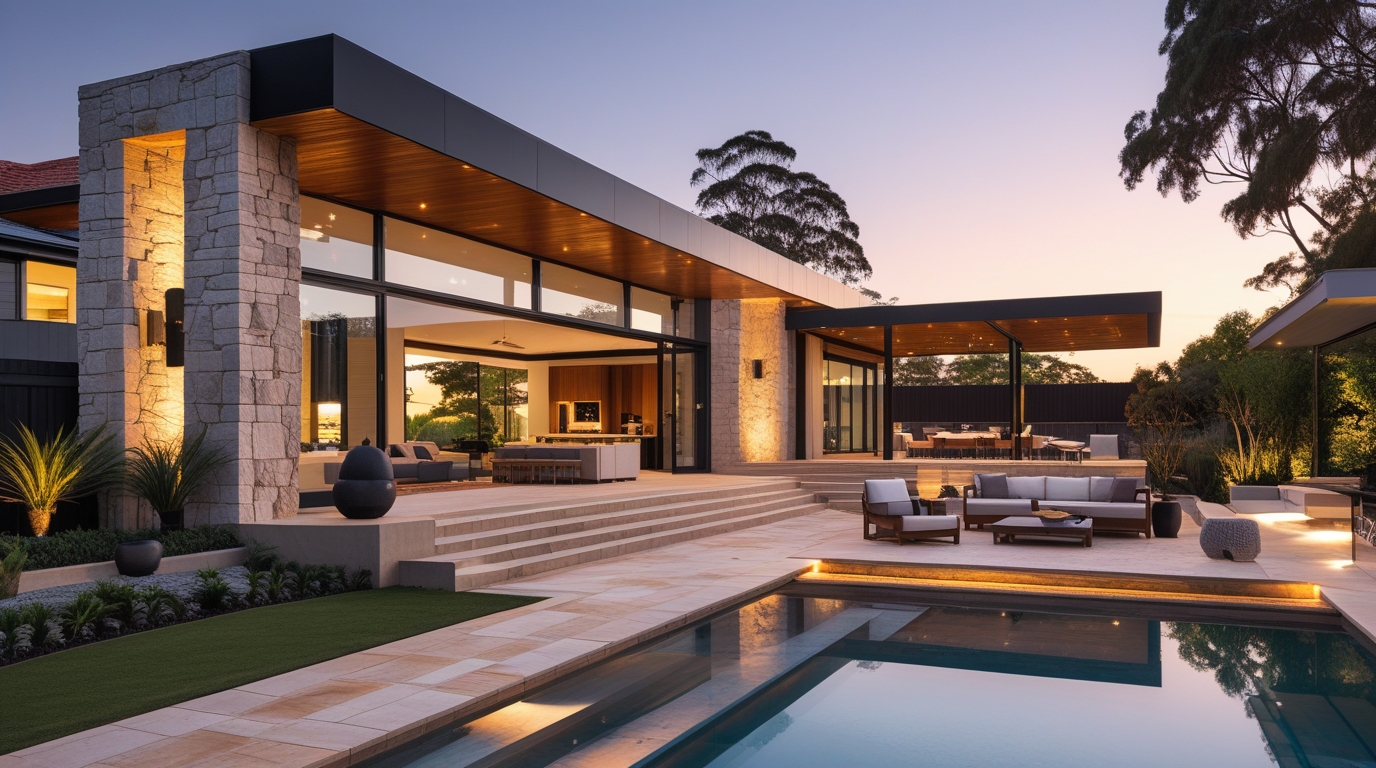Luxury interiors have always been about more than furniture, fabrics, and finishes. They embody a way of life, a careful orchestration of comfort, prestige, and refinement. In the past, these interiors relied almost exclusively on timeless design principles—grand architecture, rich textures, and bespoke craftsmanship.
Yet in today’s world, the concept of luxury is expanding. It now includes the invisible but powerful presence of smart technology, which has moved from novelty to necessity. The challenge is to integrate this technology seamlessly, so that it enhances without overwhelming, creating homes that are not only beautiful but also responsive, intelligent, and future-ready.
The most exclusive homes across Australia and internationally are increasingly defined by their ability to blend state-of-the-art technology with high-end design. Whether it is discreet climate control, integrated lighting systems, or voice-activated assistants, the trend is clear: smart living must merge effortlessly with the surrounding aesthetic.
Homeowners and designers alike are demanding interiors where technology does not intrude but instead becomes a natural extension of the environment. This article explores how to achieve such integration, the principles behind it, and why it matters to the modern luxury lifestyle.
The Evolution of Luxury Homes
The notion of luxury in residential design has always evolved with cultural and technological shifts. In the 19th century, luxury was defined by ornate decoration, grand staircases, and imported marble. In the 20th century, modernist architects redefined luxury as clean lines, functional layouts, and minimalist restraint.
Today, the defining marker of luxury is convenience combined with personalisation. A home that anticipates your needs—adjusting the temperature before you enter, drawing the blinds at dusk, or setting the lighting for a dinner party at the touch of a button—embodies the modern understanding of comfort.
This evolution has been accelerated by the rise of smart technology. The affluent homeowner no longer sees technology as an optional extra. It is an expectation that their interiors should not only look spectacular but also perform at a level that simplifies life, conserves energy, and provides total control. This shift reflects the broader cultural trend where time is the ultimate luxury, and technology becomes the mechanism by which time is gifted back to the homeowner.
Discreet Integration: The Key to Harmony
For smart technology to truly complement luxury interiors, it must be discreet. No matter how advanced a device may be, if it disrupts the carefully curated aesthetic of a space, it diminishes the sense of refinement. Luxury design has always valued proportion, symmetry, and balance. Technology must respect these principles.
The most successful examples of integration are those that render technology almost invisible. Touch-free sensors embedded in marble kitchen islands, speakers concealed within walls, or television screens that transform into art pieces when not in use are hallmarks of this discreet approach. The aim is not to showcase gadgets but to weave them so seamlessly into the fabric of the home that the design remains undisturbed.
This philosophy is evident in lighting design. In a luxury residence, lighting is more than functionality; it is atmosphere, mood, and artistry. Smart lighting systems now allow for pre-set scenes that can instantly transform a space from daytime brightness to intimate evening glow. Yet the control panels themselves are minimalist, often reduced to a single sleek interface or voice command. The technology withdraws from view while still empowering the homeowner.
Personalisation as the Ultimate Luxury
Luxury has always been about individuality—tailoring a space to reflect the personality, lifestyle, and values of its inhabitants. Smart living enhances this personalisation. It is no longer necessary to conform to standardised systems; homes can now be programmed to behave in ways that mirror the rhythms of daily life.
Imagine a morning sequence where blinds rise slowly to allow natural light, a favourite playlist begins to play softly through invisible speakers, and the coffee machine starts brewing—all triggered automatically as the homeowner steps out of bed. This is more than convenience; it is a personalised experience that elevates daily routines into rituals. In a luxury context, these personalised details define exclusivity far more than any off-the-shelf feature.
Personalisation also extends to energy efficiency. Wealthy homeowners are increasingly conscious of sustainability, not only for ethical reasons but also as part of their status. A smart home that monitors and optimises energy use, reduces waste, and adjusts systems according to real-time data reflects both environmental responsibility and advanced design. This marriage of sustainability with luxury enhances the prestige of the property.
Craftsmanship and Technology: A Partnership
Integrating smart living with luxury interiors requires collaboration between craftsmen and technologists. Bespoke cabinetry must accommodate wiring and ports without compromising aesthetics. Stone masons must carve recesses that hide charging stations. Upholsterers may design headboards that incorporate discreet reading lights or embedded speakers. The goal is harmony—a partnership where artisanship frames and protects the presence of technology.
This partnership is evident in luxury kitchens, where the demand for seamless functionality is highest. Refrigerators, ovens, and dishwashers are now fully integrated, disappearing behind custom timber or lacquered panels. The technology is world-class, yet it never competes with the visual story of the interior. Instead, it becomes the unseen support system, allowing the craftsmanship to take centre stage.
The same principle applies in living areas. Smart climate control systems can be installed beneath timber flooring or within decorative cornices, eliminating the bulky presence of traditional vents. Here, the luxury is not just in the beauty of the floorboards or mouldings but in the comfort they quietly deliver, made possible by technology that respects design.
The Emotional Dimension of Smart Luxury
While much discussion focuses on convenience and efficiency, there is also an emotional aspect to integrating smart technology. Luxury interiors are designed to create a sense of wellbeing. Technology, when correctly applied, enhances this by offering peace of mind and a heightened sense of sanctuary.
Security systems, for instance, no longer need to be intrusive. Discreet cameras, smart locks, and motion sensors can provide complete protection without creating a fortress-like aesthetic. Homeowners feel safe without feeling closed in. Similarly, wellness technologies—air purifiers, circadian rhythm lighting, or sleep-tracking mattresses—contribute to physical comfort and emotional ease. The true luxury lies in knowing that your home is actively looking after you.
This emotional impact is particularly evident in entertainment. Home theatres have evolved beyond bulky screens and rows of recliners. Today’s luxury entertainment systems are fully integrated into living spaces, with invisible projectors, acoustic panels concealed behind artworks, and sound systems that envelop without drawing attention. The result is immersion without clutter, a deeply emotional experience in harmony with design.
International Influences and Local Adaptations
Globally, the integration of smart living with luxury interiors is most visible in cities like London, New York, and Singapore, where property developers compete to offer the most technologically advanced residences. However, these international trends are always adapted locally. In Australia, for example, the emphasis often falls on indoor-outdoor living. Smart shading systems, retractable walls, and automated outdoor kitchens reflect the climate and lifestyle, blending global innovation with local sensibilities.
Australian designers are also leading in sustainability. Solar integration, water recycling, and energy monitoring systems are increasingly paired with luxury interiors. The affluent homeowner expects not only refinement but responsibility, and smart technology provides the tools to achieve both. This ability to combine global sophistication with local relevance positions Australian luxury interiors as unique on the world stage.
Overcoming the Fear of Obsolescence
One hesitation some homeowners have about integrating technology is the fear of obsolescence. Luxury interiors are designed to last decades, even generations, whereas technology often becomes outdated within a few years. The solution lies in choosing systems that are modular and upgradeable. By embedding infrastructure that can adapt—such as universal wiring channels or software-based controls—homeowners can ensure their interiors remain future-proof.
Designers are increasingly working with technology consultants to plan for long-term upgrades. The philosophy is to treat technology not as a final product but as an evolving service within the home. Just as fine upholstery may be re-covered or joinery refinished, technology can be updated without disrupting the integrity of the design. This strategic foresight is what allows luxury interiors to maintain their timeless appeal while still embracing innovation.
Case Study Inspirations
Consider a penthouse in Sydney where the floor-to-ceiling windows are fitted with automated glass that transitions from transparent to opaque at the touch of a button. This feature maintains the sweeping harbour views while ensuring privacy on demand. The technology is advanced, but it is also aesthetically seamless, integrated into the very fabric of the architecture.
Or take a Queensland estate where the outdoor living area features a smart pergola that adjusts its louvres automatically depending on sunlight and wind. Combined with weather-proof fabrics and discreet outdoor speakers, this creates an entertainment space that is both luxurious and intelligent. The technology responds to the climate, yet the design remains the focal point.
These examples illustrate that integration is not about overwhelming the senses with gadgets. It is about aligning technology with the homeowner’s lifestyle, ensuring that it is both practical and poetic.
Looking Ahead
The future of luxury interiors lies in deepening this integration. Artificial intelligence will refine personalisation, learning habits and preferences to an extraordinary degree. Augmented reality may allow homeowners to preview design changes in real time, merging the physical and digital. Yet even as these innovations develop, the guiding principle remains constant: technology must serve design, never overshadow it.
In the coming years, luxury homeowners will increasingly expect their residences to be not only smart but also emotionally intelligent—able to read moods, anticipate needs, and respond with empathy. The role of designers and architects will be to ensure these capabilities are delivered invisibly, upholding the integrity and elegance of the space.
Conclusion
Integrating smart living with luxury interiors is not simply about convenience; it is about creating harmony between beauty and intelligence. It requires restraint, discretion, and foresight. Technology must be hidden yet powerful, supportive yet unobtrusive. When achieved successfully, the result is a home that transcends functionality to become a sanctuary—timeless in design, effortless in operation, and deeply personal in experience.
The ultimate measure of luxury is ease. By blending smart technology with refined interiors, the modern home delivers ease not only of living but of being. It is here, in this seamless integration, that the future of luxury resides.
Visit The Exclusive Home to discover how luxury interiors and smart living can be seamlessly brought together in your home.

